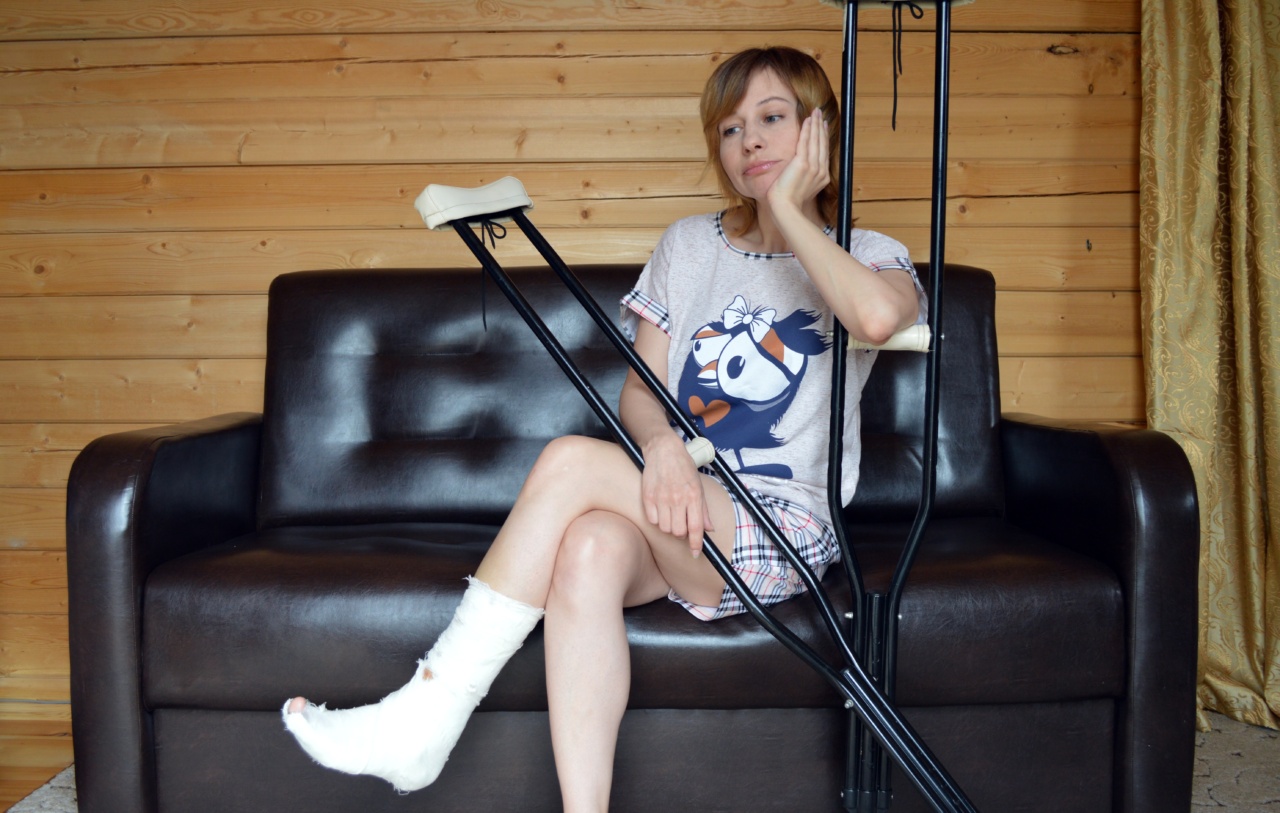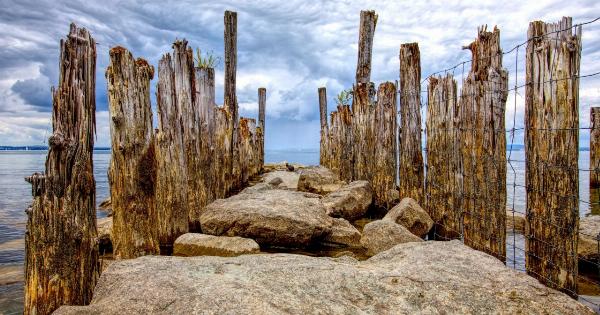Millions of people worldwide suffer from kidney stones, but many do not realize that these painful calcium deposits could be a signal of more severe underlying bone disease that affects their overall health.
What are kidney stones?
Kidney stones are small, hard deposits of mineral and acid salts that form inside the kidneys. They range in size from tiny particles to large stones as big as a golf ball.
These crystals can build up over time and attach themselves to the inner lining of the kidney, causing discomfort and pain as they move through the urinary tract. This condition affects people of all ages and can occur in both men and women.
How do kidney stones form?
A regular diet and lifestyle habits can affect how the kidneys perform. Some factors that contribute to the formation of kidney stones include:.
- Dehydration
- Excessive consumption of soda or other sugary drinks
- Eating a diet high in oxalate, such as spinach, chocolate, and nuts
- Obesity
- A history of kidney stones in the family
- Medical conditions, such as Crohn’s disease or gout
What is the link between kidney stones and bone disease?
Recent studies have shown that kidney stones are often a sign of weakened bones. When the body loses too much calcium, it will pull calcium from the bones to compensate. This excess calcium in the blood can then form stones in the kidneys.
If this process continues unchecked, there could be serious damage to the bones, which could lead to conditions such as osteoporosis, a weakening of the bones that makes them more prone to breaks and fractures.
How does osteoporosis develop?
Osteoporosis is a progressive bone disease that weakens the bone structure and increases the risk of fractures. With age, the bones lose density, strength, and flexibility, becoming more prone to fractures.
Hormonal changes in women during menopause can also increase the risk of osteoporosis.
Women are at greater risk of developing osteoporosis than men. This increased risk is due to several factors, such as smaller frame size, lower bone density, and hormonal changes that occur during pregnancy and menopause.
Women who have gone through early menopause, before the age of 45, are at an increased risk.
What are the symptoms of osteoporosis?
Osteoporosis develops slowly over time, often without any symptoms until a fracture occurs. Common symptoms include:.
- Back pain
- Loss of height
- A stooped posture
- Bone fractures
How can osteoporosis be diagnosed?
A doctor may recommend a bone density test, which measures the amount of calcium and other minerals in the bones. The test can identify areas of low bone density before a fracture occurs, which can help prevent fractures.
Osteoporosis is diagnosed when bone density is less than 2.5 standard deviations below the mean of bone density in young adult women.
How can I prevent osteoporosis?
Your diet and lifestyle habits can play a significant role in preventing osteoporosis. Some tips to keep your bones healthy and strong include:.
- Eat a diet rich in calcium and vitamin D.
- Avoid smoking and excessive drinking.
- Engage in regular weight-bearing and muscle-strengthening exercises.
- Ensure that you are taking calcium and vitamin D supplements if you are at risk.
- Speak with your doctor about your bone health, especially if you have a family history of osteoporosis.
In conclusion
Kidney stones may seem like a minor health issue, but they could be a signal of more severe underlying bone damage. People who experience kidney stones should ensure that they take steps to manage osteoporosis and prevent future bone fractures.
By living a healthy lifestyle and speaking with a healthcare professional, patients can ensure that they maintain strong bone health and prevent the development of osteoporosis.































